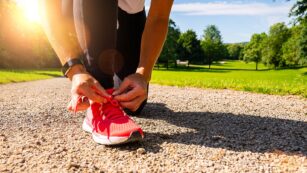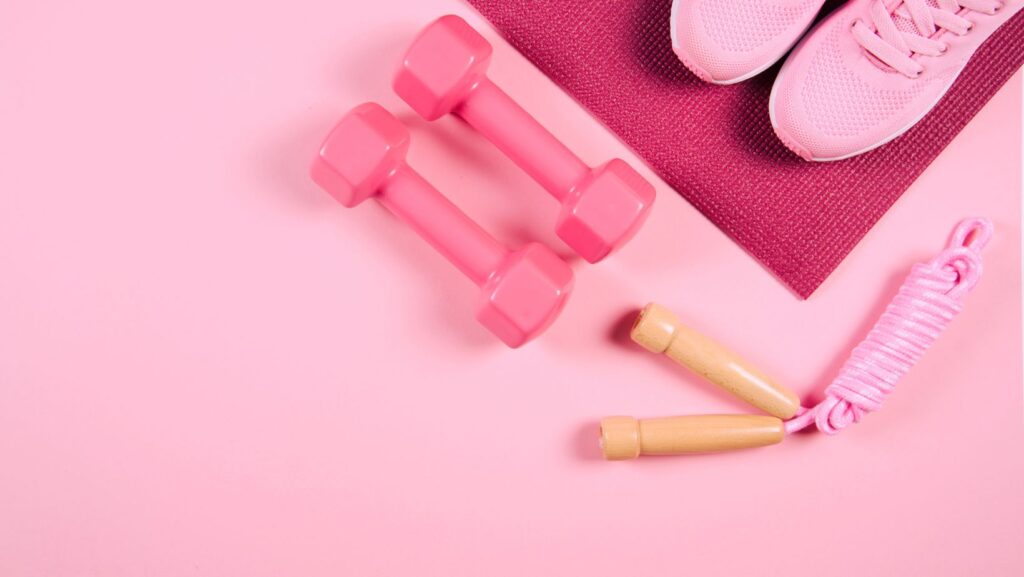Selecting the right training workout shoes can make a significant difference in your fitness routine. Whether you’re sprinting on a track, lifting weights, or engaging in high-intensity interval training, the proper footwear is crucial for performance and injury prevention. Each activity demands specific features from a shoe, from shock absorption to stability and flexibility.
Training Workout Shoes
In the quest for optimal fitness, the choice of training workout shoes plays an indispensable role. This section delves into the critical characteristics that make a shoe suitable for various training routines, extending from its durability to its comfort and support.
Durability and Material
 Training workout shoes must withstand rigorous use across different environments and activities. Manufacturers typically use high-quality materials like synthetic leather, rubber, and advanced mesh fabrics, which enhance the shoe’s longevity and resilience. For instance, rubber outsoles are favored for their superior grip and resistance to abrasion, essential for activities involving sprinting or lateral movements. Mesh fabrics keep the shoe breathable, preventing moisture buildup and keeping the feet dry and comfortable, crucial in high-intensity workouts.
Training workout shoes must withstand rigorous use across different environments and activities. Manufacturers typically use high-quality materials like synthetic leather, rubber, and advanced mesh fabrics, which enhance the shoe’s longevity and resilience. For instance, rubber outsoles are favored for their superior grip and resistance to abrasion, essential for activities involving sprinting or lateral movements. Mesh fabrics keep the shoe breathable, preventing moisture buildup and keeping the feet dry and comfortable, crucial in high-intensity workouts.
Comfort and Fit
The right fit of a shoe influences not only comfort but also performance efficiency and injury prevention. Training shoes should offer a snug fit that prevents unnecessary movement of the foot within the shoe. Adequate cushioning, such as memory foam or gel pads, is integral as it absorbs the shock during high-impact exercises, safeguarding the joints and muscles. Additionally, the insole should support the natural shape of the foot, promoting proper alignment and reducing fatigue. Well-fitted workout shoes make a significant difference in comfort, ensuring the user can focus entirely on the exercise rather than discomfort.
Flexibility and Support
 Balance between flexibility and support is crucial in training workout shoes, depending on the activity at hand. Shoes for weightlifting often provide increased support and stability around the heel area to cope with the pressure from lifting heavy weights. Meanwhile, shoes designed for agility exercises feature more flexibility, allowing for a broad range of movements. The midsole plays a critical role here, with materials like ethylene-vinyl acetate (EVA) being popular for their lightweight and flexible properties. This combination assists in movements such as quick sprints or jumps, ensuring that the shoe transitions smoothly with the foot’s natural movement.
Balance between flexibility and support is crucial in training workout shoes, depending on the activity at hand. Shoes for weightlifting often provide increased support and stability around the heel area to cope with the pressure from lifting heavy weights. Meanwhile, shoes designed for agility exercises feature more flexibility, allowing for a broad range of movements. The midsole plays a critical role here, with materials like ethylene-vinyl acetate (EVA) being popular for their lightweight and flexible properties. This combination assists in movements such as quick sprints or jumps, ensuring that the shoe transitions smoothly with the foot’s natural movement.
Top Brands for Training Workout Shoes
Innovations in Design
 Leading brands continuously innovate to meet the specific demands of various training activities. They integrate cutting-edge technologies such as energy-returning midsoles, adaptive cushioning, and lightweight materials to help athletes train more effectively. For example, brands like Nike and Adidas use proprietary cushioning technologies like Nike’s React foam and Adidas’ Boost foam that provide exceptional responsiveness and energy return.
Leading brands continuously innovate to meet the specific demands of various training activities. They integrate cutting-edge technologies such as energy-returning midsoles, adaptive cushioning, and lightweight materials to help athletes train more effectively. For example, brands like Nike and Adidas use proprietary cushioning technologies like Nike’s React foam and Adidas’ Boost foam that provide exceptional responsiveness and energy return.
Additionally, advancements in shoe construction techniques have led to the creation of more robust and durable products. Seamless knit designs enhance comfort by reducing the potential for irritation during movement, while welded overlays on the shoe upper offer structural support without adding weight.
Brands also focus on developing specialized designs that cater to different types of training. Some shoes feature reinforced heels and wider bases for stability in weightlifting, while others emphasize flexibility and lighter weights for agility-centric workouts.
Through these innovations, the top brands in training workout shoes not only improve athletic performance but also prevent injuries by ensuring better foot support and shock absorption. Maintaining a balance between flexibility and support, these shoes cater comprehensively to the dynamic needs of fitness enthusiasts.
How to Care for Your Training Workout Shoes
 Proper care extends the life of your training workout shoes ensuring they continue to provide the support and performance you need. Always follow the manufacturer’s instructions for cleaning and maintenance. Regularly air out the shoes to prevent odor buildup and wash them appropriately to remove dirt and sweat. Store them in a cool dry place away from direct sunlight to avoid material degradation.
Proper care extends the life of your training workout shoes ensuring they continue to provide the support and performance you need. Always follow the manufacturer’s instructions for cleaning and maintenance. Regularly air out the shoes to prevent odor buildup and wash them appropriately to remove dirt and sweat. Store them in a cool dry place away from direct sunlight to avoid material degradation.
By investing in the right pair of training workout shoes and maintaining them well you’ll not only optimize your workouts but also save money in the long run. Remember the right shoes are a crucial tool in your fitness journey and taking good care of them is just as important as choosing them.

